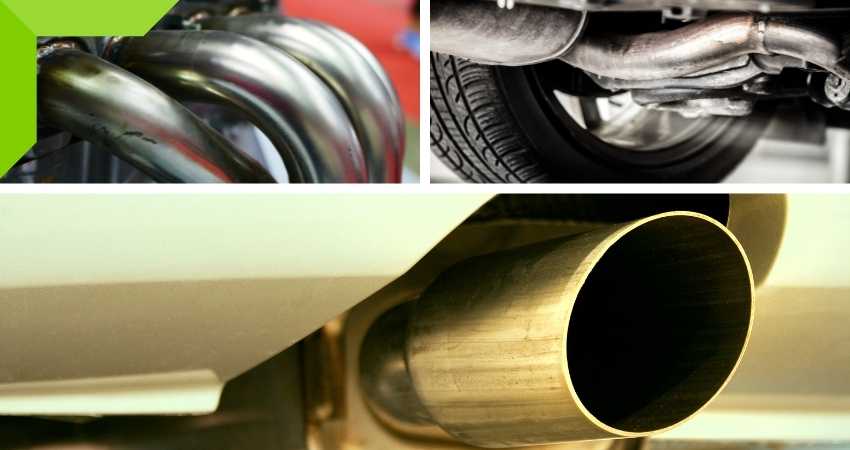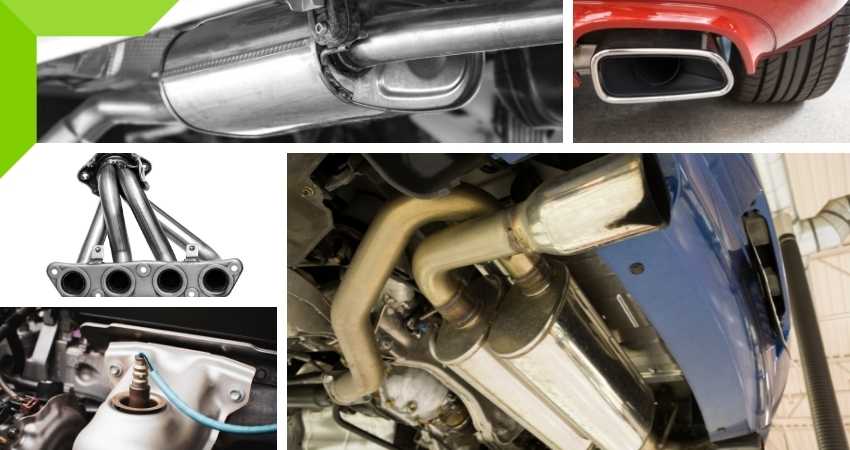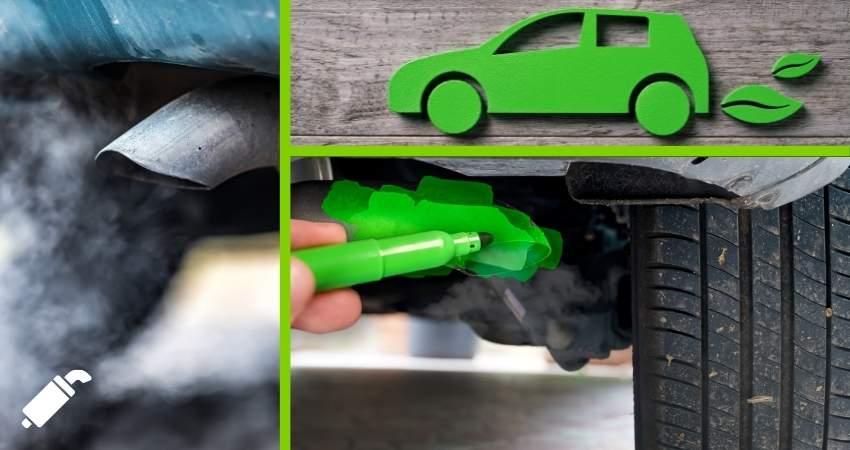Ever wondered where the exhaust of an electric car is? Where is the smoke-producing pipe on EVs? Do electric cars have exhausts?
NO! Electric cars do not have exhausts. Because it runs on an electric charge, unlike fuel or gas-driven cars, EV’s power source is electricity. Thus, the vehicle emits no exhaust from the tailpipe. EVs produce no emissions. Therefore, they are known to be environment friendly and pollution free.
Why Do Electric Cars Not Have an Exhaust?
EVs do not emit any fumes, unlike combustion engines. Fuel, the power source of gas-driven cars, is not present in electric vehicles. So there is no need for an exhaust system. Then how do EVs work without an exhaust? The internal combustion engine that is present in a gas-driven car is replaced with an electric motor in an EV.
EVs work differently than their gas-driven counterparts. EVs function with their electric motors; electricity is sourced from rechargeable batteries. However, you can expect an exhaust pipe on a hybrid car, whereas EVs do not need them.
What Is the Role of Exhaust in a Car?
Firstly let us understand,
What Is an Exhaust System?
The internal combustion engine of a fuel-driven car is the source of its power. It burns fuel and air to create hot gases at high pressure that drives a piston with their force, and the piston is what gets the car engine moving. During this process, the toxic gases that are some of the products of this combustion would be emitted into the atmosphere where it needs the car’s exhaust system. The exhaust system carries waste gases away from the engine and through manifolds and pipes. The exhaust system is essential to a vehicle engine and must be kept in good working order. Otherwise, engine performance and mileage will suffer.

The exhaust system also helps in the reduction of engine noise. Without an exhaust system, cars would create noise and air pollution that would be as hazardous as it is uncomfortable.
5 Components of the Exhaust System
The exhaust system is generally constructed of solid steel or cast iron. It has various components to deal with its functions. These are some of the features of an exhaust system.

1. Exhaust Manifold
The function of a manifold is to collect the exhaust from each cylinder and pass it over to pipes.
2. Oxygen Sensor
It is located at the top of the Exhaust manifold. As the name suggests, it senses the oxygen in the exhaust and adds or subtracts fuel based on that.
3. Catalytic Converter
The catalytic converter converts the harmful gases released from your engine into water vapor and carbon dioxide.
4. Muffler
It lowers the noise as the exhaust is released from the car, and faulty mufflers can be heard from miles of distance!
5. Exhaust Pipe
Exhaust pipes are like pathways. They connect all the above parts and carry gasses through the exhaust system.
How Does EVs System Work With No Exhaust?

An electric car is powered by an electric motor rather than a combustion engine. Electric vehicles, also known as EVs, do not require IC engines. It is powered by an electric motor instead of a gas-powered engine. The electric motor gets energy from a controller, which regulates the amount of power based on the driver’s use of an accelerator pedal. The electric car uses energy stored in its rechargeable batteries, which are recharged by standard electricity. EVs move along our roadways without burning fuel or producing harmful exhaust emissions while generating less noise pollution.
Electric vehicles are like automatic cars. The battery in electric cars functions directly with a direct current. Let us understand the principles of the major parts of the EV motor, stator, and rotor. An electric car motor uses a magnetic field to create a magnetic field at the fixed part of the stator, whose displacement sets a rotating rotor.

A motor is a machine that converts energy into mechanical energy, while an engine does the same thing but explicitly uses thermal energy.
With electric vehicles, mechanical energy is created from electricity. We use the word motor to describe the device that makes the electric vehicle move. An EV, instead of a gas tank, they have batteries. Instead of an engine, they have an electric motor. Moreover, instead of an exhaust system, well, they have got no exhaust system. Simple, right?
Do Electric Cars Have Exhausts?
Since there is no fuel and the battery is electricity powered, so no emissions are needed to be let out by the car. Thus an exhaust is NOT required for an EV. The function of the battery in an electric vehicle is as an electrical energy storage system in the form of direct current electricity. If it gets a signal from the controller, the battery will transmit DC electrical energy to the inverter and then be used to drive the motor.
Read: How to Increase Electric Car Range? (14 Proven Ways)
Conclusion
EVs are electricity-operated cars. They do not release anything into the atmosphere. They do not need to produce harmful toxins in the air or cause noise pollution. Thus, they do not have an exhaust. EVs are recommended. They are better for you and better for the future.


